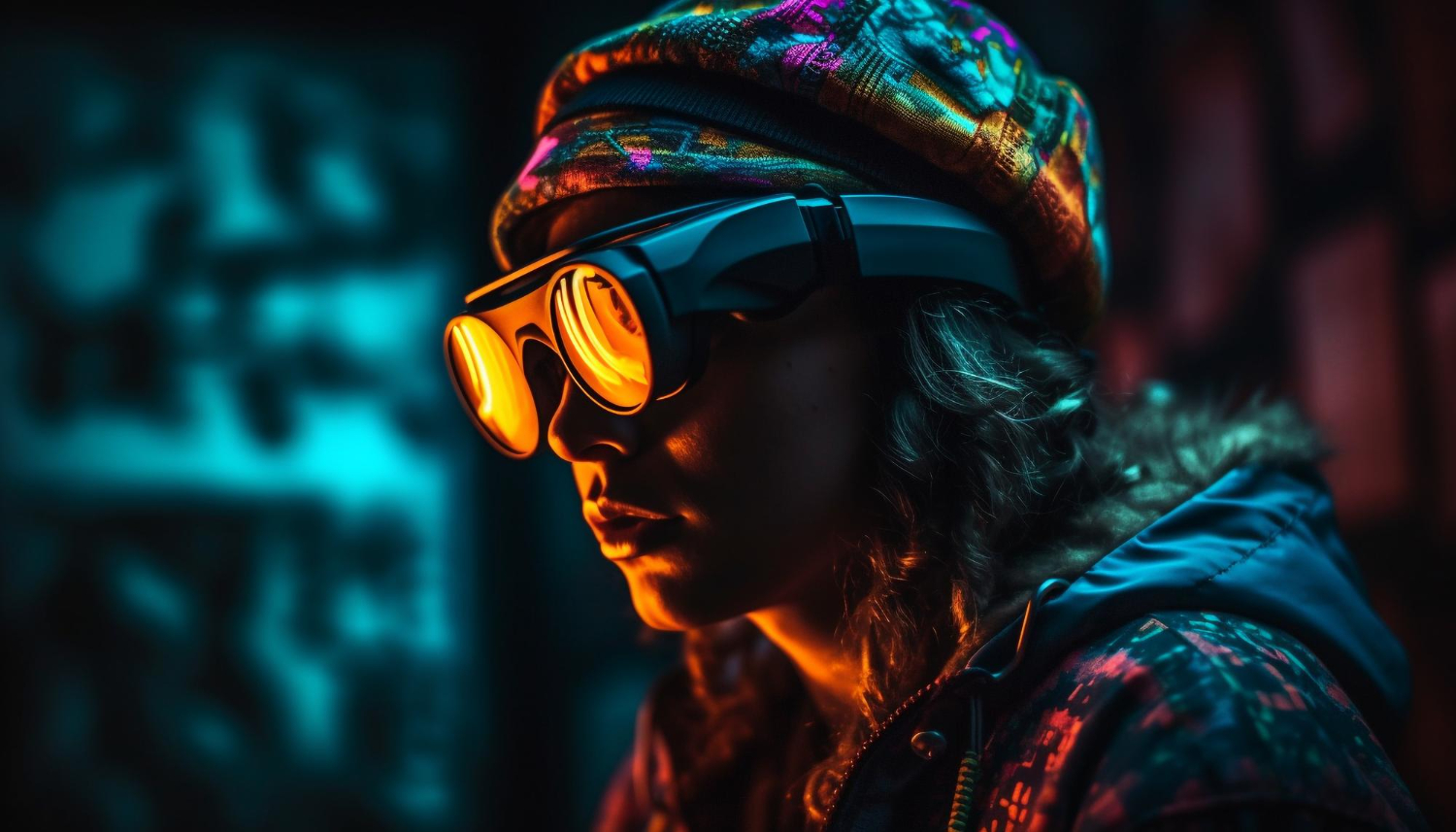
Night Vision Goggles (NVGs) are indispensable tools for individuals and organizations that need to operate in low-light or nocturnal conditions. These devices rely on various technologies to amplify available light and provide clear vision in the dark.
Today, we will delve into the different technologies used in nvgs.
Table of Contents
Image Intensification Technology
Image intensification is the most common technology employed in NVGs. It works by capturing and amplifying existing ambient light.
The core components include:
Photocathode: This component converts incoming photons (light) into electrons.
Microchannel Plate (MCP): The MCP multiplies these electrons.
Phosphor Screen: The multiplied electrons are converted back into visible light, typically green or white.
The result is a visible image that closely resembles the scene in low-light conditions.
Thermal Imaging Technology
Thermal imaging NVGs use a different principle. Instead of amplifying visible light, they detect and convert the heat emitted by objects into a visible image. This technology is effective even in complete darkness since it does not rely on external light sources. The hotter an object, the brighter it appears in the image.
Digital Night Vision Technology
Digital NVGs utilize digital sensors and image processing algorithms to create a visible image. They can operate in a wider range of lighting conditions and offer the advantage of customization, including adjustable contrast and color settings. Digital NVGs can also incorporate features like image and video recording.
Infrared (IR) Illumination
Many NVGs incorporate IR illumination technology, which emits invisible IR light that is visible only through the goggles. This technology enhances night vision in complete darkness, providing additional illumination to the user.
Active vs. Passive Systems
NVGs can be classified into two categories: active and passive systems.
Active NVGs use an integrated IR light source to illuminate the area in front of the goggles. They are effective in complete darkness but may reveal the user’s presence.
Passive NVGs rely solely on existing ambient light sources, such as moonlight or starlight. They are preferred for stealth operations but may not perform as well in extremely dark conditions.
Generation Levels
NVGs are categorized into different generations, with each generation representing a significant advancement in technology. As the generation number increases, so does the image quality, resolution, and sensitivity of the NVGs. Generation 3 and 4 NVGs are the most advanced and widely used in military and law enforcement applications.
Smart Features
Some modern NVGs come with smart features, such as rangefinders, GPS integration, and wireless connectivity. These features enhance the functionality and versatility of NVGs for various applications.
To sum up
Night Vision Goggles rely on a diverse array of technologies to enable vision in low-light and no-light conditions. From image intensification and thermal imaging to digital sensors and infrared illumination, these technologies have evolved significantly over the years. The choice of technology depends on the specific needs and operational requirements of the user, whether in military, law enforcement, wildlife observation, or recreational activities. As technology continues to advance, we can anticipate even more sophisticated and capable NVGs in the future, further expanding their utility and applications.



